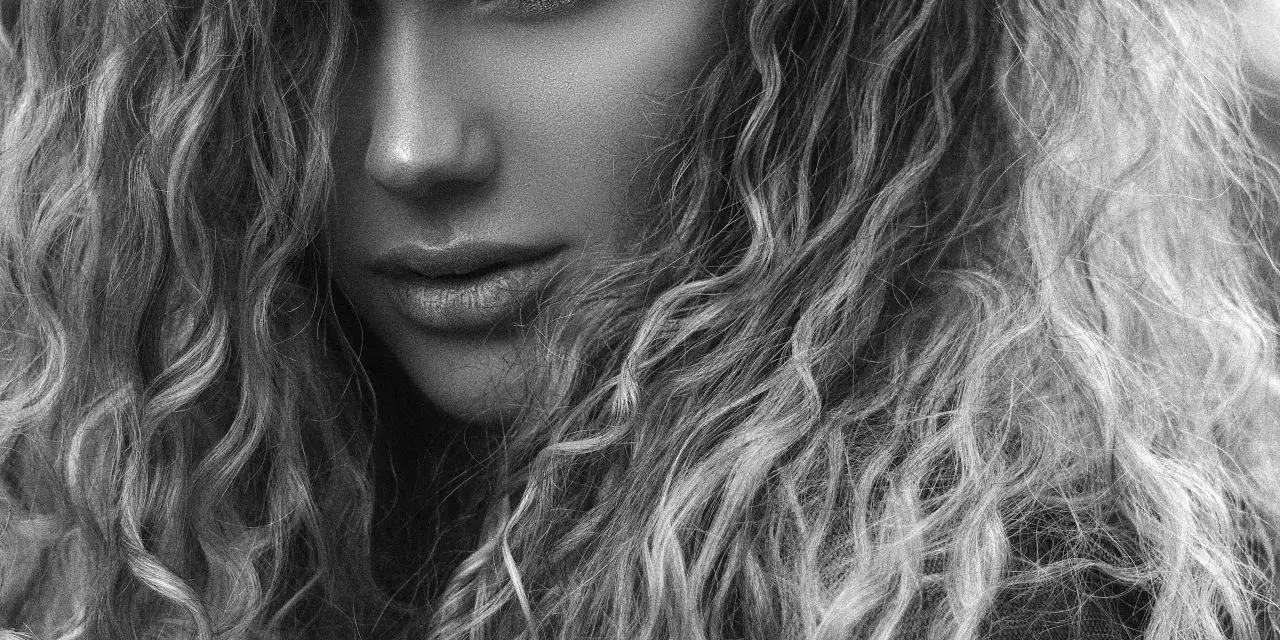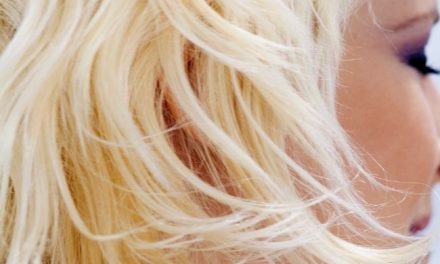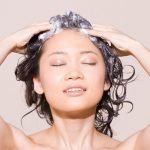Hey Beautiful! This site is reader-supported and we earn commissions if you purchase products from retailers after clicking on a link from our site.
There is just about nothing more frustrating than having to deal with matted and knotted hair. If you have noticed your hair matting more lately, you are probably desperate to not only understand why this is happening, but to find a quick and easy solution to stop it from happening.
Not only does matted hair make it almost impossible to work with and style your hair, but it can also become painful if knots become too big and cutting your hair off seems like the only option!
Today I am going to explain to you not only why your hair is matting, but how you can fix it if it is already tangled and how you can prevent this from happening again!
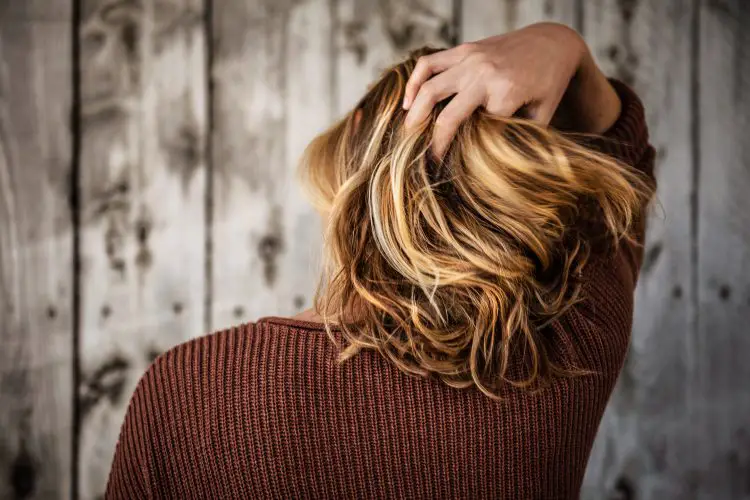
Why is my hair matting underneath?
It is often underneath hair that begins to mat and tangle first.
Matted hair comes about when attached hairs wrap with each other, but also with shed hairs. They can become so intertwined that they create clumps and tangles similar to a spider’s web. Matted hair is often a lot more severe than tangled hair.
Tangled hair can often be brushed out easily, whereas matted hair begins to almost develop a dreadlock look and feel.
Your hair tends to become more matted underneath because this area is less exposed to brushing or conditioning. It is also more out of sight and so we tend not to notice the tangles until they have progressed into something more serious.
What causes my hair to mat?
In order to prevent matting, it is useful to know what is causing it.
There are 5 main reasons your hair is likely to be matting:
- You have naturally curly hair. These hairs intertwine a lot more than straight hair. Curly hair is much more difficult to untangle and so the simple tangles that are caused in curly hair can develop into matted hair a lot quicker than tangles caused in straight hair.
- Your detangling routine does not work. Knowing how to brush your hair and how often to brush your hair can be crucial to maintaining it and stopping it from becoming tangled. I will provide you with more information on how to do this later on in this article.
- Your hair is tangling overnight. If you do not brush your hair or tie it up overnight, your hair is a lot more prone to tangling. As you move around at night, your head rubs against the pillow and hair can become loose and fall out and they then wrap themselves around attached hairs and eventually this can cause matting.
- You have very dry hair. If you use a lot of heat on your hair or your hair has gone through a lot of bleaching, you may find that you have dry hair. Dry hair is a lot stiffer and so once it becomes tangled, this can be difficult to fix. Softer, silkier hair does not tend to tangle as easily as it simply slips out of the knots.
- Friction is causing the matting. Much like when you are asleep and your hair faces friction against the pillow, wearing items such as hats can cause your hair to rub together and eventually intertwine and mat.
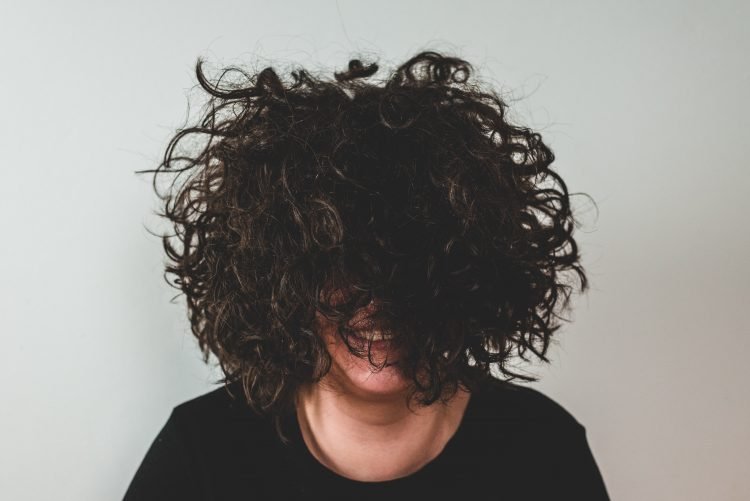
How do I stop my hair from matting underneath?
There are various methods you can try in order to stop your hair from matting underneath.
- First of all, try to keep your hair tied up when you sleep. Having your hair in a plait or wrapped up tightly means that less friction will be caused and your hair will not begin to knot and stick to other hair.
- Secondly, you need to keep your hair hydrated. Using a deep conditioner once a week can be an excellent way to maintain hydration in your hair. Keeping it silkier will prevent the knots from sticking and developing into matted hair. It also makes it a lot easier to brush.
- On top of this, ensure you are using a heat defense spray whenever you are applying heat to your hair. This stops it from drying out and, much like the conditioner, this will prevent it from matting.
- Ensure you are brushing your hair properly. Whilst this may sound basic and obvious, there are many mistakes people make when brushing their hair which will not only dry it out and cause more matting, but may miss any existing tangles that could develop into much bigger knots.
- Brush your hair throughout the day and right before you go to bed. This will keep the natural oils being spread through your hair to maintain moistures, but will also help detangle any small knots before they get a chance to develop.
How do I untangle matted hair?
If the above is completely irrelevant to you because you have already found matting in your hair and you are way past the prevention stage, don’t worry too much!
You are probably wondering if you need to cut it out. Whilst this is an option many people take, there are other steps you can try first before you go and remove chunks of your hair!
- Dampen your hair slightly. Working with completely wet hair will not be useful, but working with dry hair can end up matting the hair even more. You can do this by using a spray bottle to just slightly dampen your hair.
- Loosen the matted hair using your fingers. You may not see much movement but try not to worry too much yet. You now need to apply some form of conditioning cream or oil to help loosen up the strands of hair. If you do not have any hair oil present, you can simply use some coconut oil, even olive oil. Massage this through the knotted area of your hair. Oiling up your hair will make it a lot smoother and easier to work with. Leaving the oil on for a longer amount of time will allow it to work into your hair more, providing more hydration. Some conditioners will work within a couple of minutes. But with hair oils you are better to leave them on for at least half an hour to see the full effect.
- Begin to work the oil or conditioner through your hair using your fingers again. Simply start pulling your hair apart but be careful not to tug or rip your hair. This is a process that takes a lot of patience. But you will thank yourself later if you take your time and avoid damaging your hair. Some knots can often be slightly pulled into smaller knots and mats which then make them easier to work with.
- Once you have separated some of the hair into smaller knots, take a wide toothed comb and start to work this through your hair. Each step of the process should slowly be separating the hair, a little more at a time. Ensure you are brushing the comb downward. Start with the end of the mat and slowly work your way up it. Often the ends are easier to untangle. So this makes it easier to then work with the parts closer to the scalp.
- Rinse out your hair entirely once you have removed all of the mats and knots. It is a good idea to then condition your hair again to leave it hydrated. After your hair returns to normal, follow the above steps on how to avoid matting hair so that you do not need to do this again.
If the above steps do not work and you are still left with bad matting, then cutting them out may be your only option. Before doing this, going to a hairdresser and asking them to take a look can be a good option.
They often have products to help with this kind of thing. If it does result in you having to chop them out, it is better to have this done by a professional who can then go on to style your hair however necessary after the removal.
Final Thoughts
Whilst there are many causes for matted hair, it is likely due to hair damage or a lack of brushing and maintaining healthy hair.
There are a number of steps you can take to avoid matted hair. Ensuring your hair remains hydrated and regularly treating it and brushing it will help prevent knots.
Naturally curly hair will be a lot more prone to knotting. But if you sleep with it tied up then this will help a lot.
If you do face matting in your hair, be sure to deep condition it. Slowly work at the knots using your fingers and then a comb.
In the worst case, get yourself to a hairdresser before chopping any of your own hair off. You never know who can save it for you!
Once you do get your hair back to normal condition, simply keep it brushed and conditioned. You should be good to go!
Check out these hair posts on our blog:
FAQs
Curly hair is more likely to become tangled due to the nature of its shape. Straight hair does not tangle so easily and when brushed it falls out of knots. The path of curly hair means that it intertwines a lot more and once tangles it can be a lot more difficult to release.

